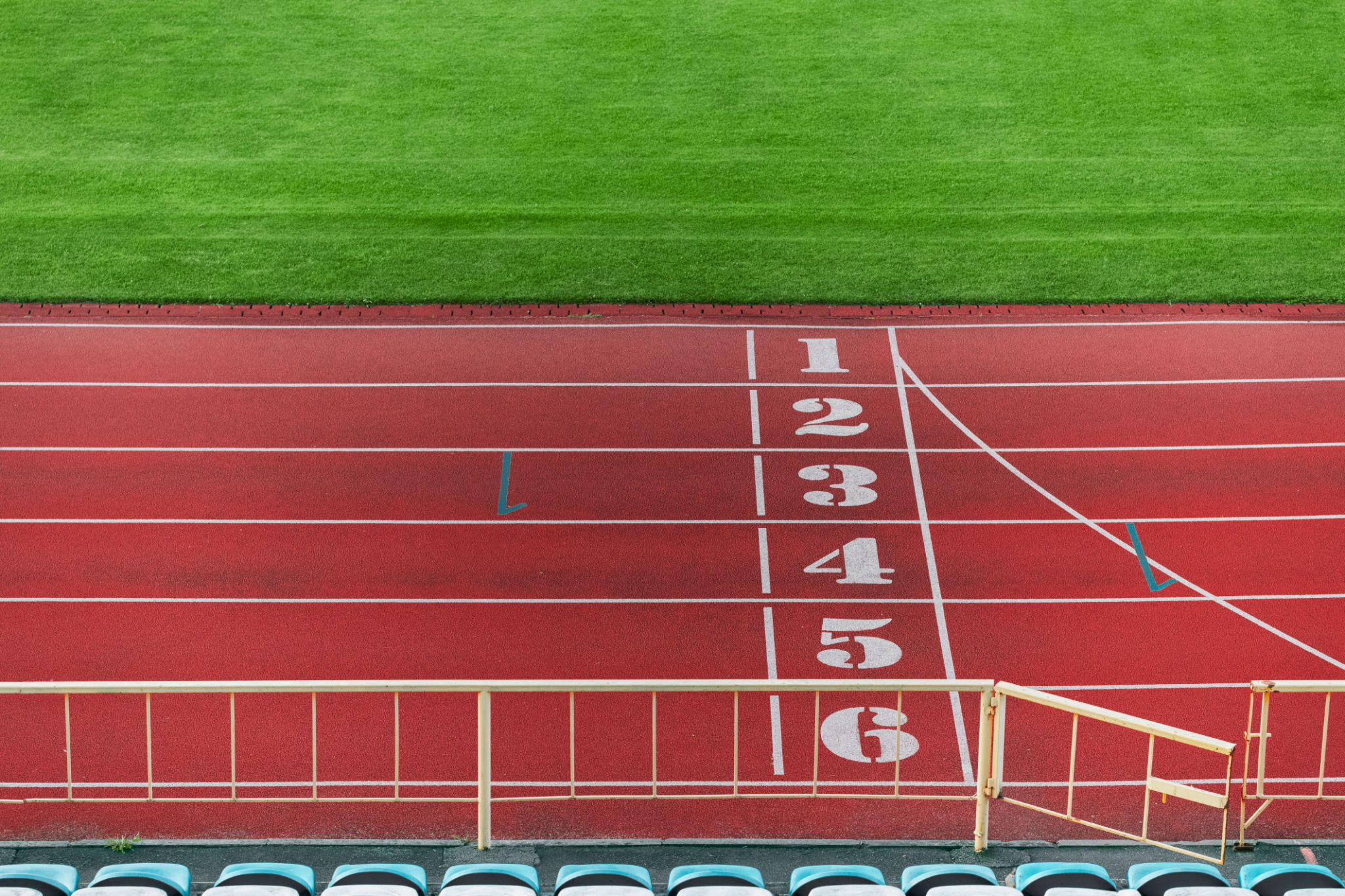Comparing Marathon des Sables and Empty Quarter Marathon: What Sets Them Apart?
Introduction to Desert Marathons
For adventure-seeking runners, desert marathons offer a unique blend of endurance challenge and natural beauty. Among the most renowned are the Marathon des Sables and the Empty Quarter Marathon. While both races occur in desert environments, they each present distinct experiences and challenges to participants. In this post, we'll explore what sets these iconic races apart.

Location and Terrain
The Marathon des Sables takes place in the vast and arid Sahara Desert in Morocco. Runners traverse a landscape that features towering sand dunes, rocky plains, and ancient riverbeds. The Sahara's terrain is as diverse as it is demanding, requiring participants to adapt continuously.
Conversely, the Empty Quarter Marathon is set in the expansive Rub' al Khali desert, also known as the Empty Quarter, which spans several Middle Eastern countries. This desert is renowned for its endless sea of sand dunes and extreme isolation. The terrain is predominantly comprised of soft, shifting sands, offering a different type of challenge compared to the more varied Sahara landscape.
Race Format and Distance
The Marathon des Sables is famous for its multi-stage format, typically covering around 250 kilometers over six days. Each stage varies in length, with one ultra-marathon stage pushing runners to their limits. This format demands not only physical endurance but also strategic planning and mental resilience.
In contrast, the Empty Quarter Marathon is generally a single-stage event. While it may not span as many days, the extreme conditions and distances involved make it no less formidable. The race typically covers around 100 kilometers in one go, requiring intense focus and stamina.

Climate Conditions
Both marathons present runners with harsh climate conditions, yet there are notable differences. The Sahara Desert can experience temperature swings from scorching daytime heat to chilly nights. Participants in the Marathon des Sables must be prepared for these fluctuations.
The Empty Quarter is known for its intense heat, with daytime temperatures often soaring above 50°C (122°F). The heat is relentless, creating an atmosphere that tests even the most seasoned desert runners.
Support and Resources
In the Marathon des Sables, runners carry their own supplies, including food and gear, for the duration of the race. Organizers provide water at designated checkpoints and set up bivouac camps each evening.
The Empty Quarter Marathon often provides more logistical support, with checkpoints offering water and medical assistance. However, the self-sufficient nature of desert racing means participants must still be well-prepared with personal supplies.

Cultural Experience
Both marathons offer participants a chance to immerse themselves in unique cultural experiences. The Marathon des Sables allows runners to interact with remote Berber communities and witness Morocco's rich cultural heritage.
The Empty Quarter Marathon provides insights into the traditional Bedouin lifestyle and the rich history of the Arabian Peninsula. Participants often find themselves captivated by the region's stark beauty and timeless traditions.
Conclusion: Choosing Your Challenge
Whether you're drawn to the diverse terrain of the Marathon des Sables or the vast expanse of the Empty Quarter, each race offers a unique adventure that pushes the limits of human endurance. Understanding their differences can help you choose the desert marathon that best aligns with your personal goals and interests.
Ultimately, both races promise unforgettable experiences in some of the world's most breathtaking landscapes. Whichever you choose, you're guaranteed an epic journey that will test your strength and spirit.
